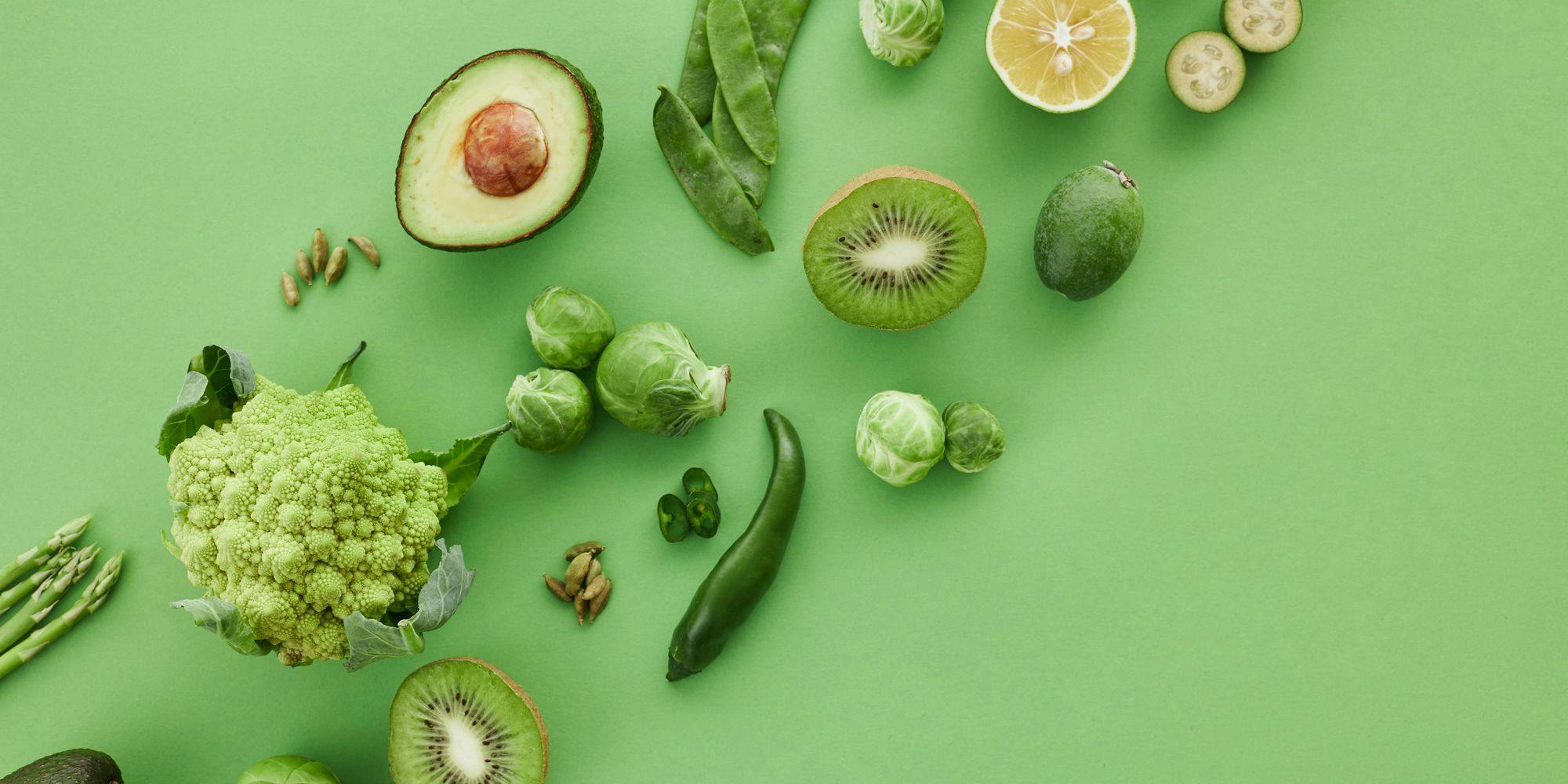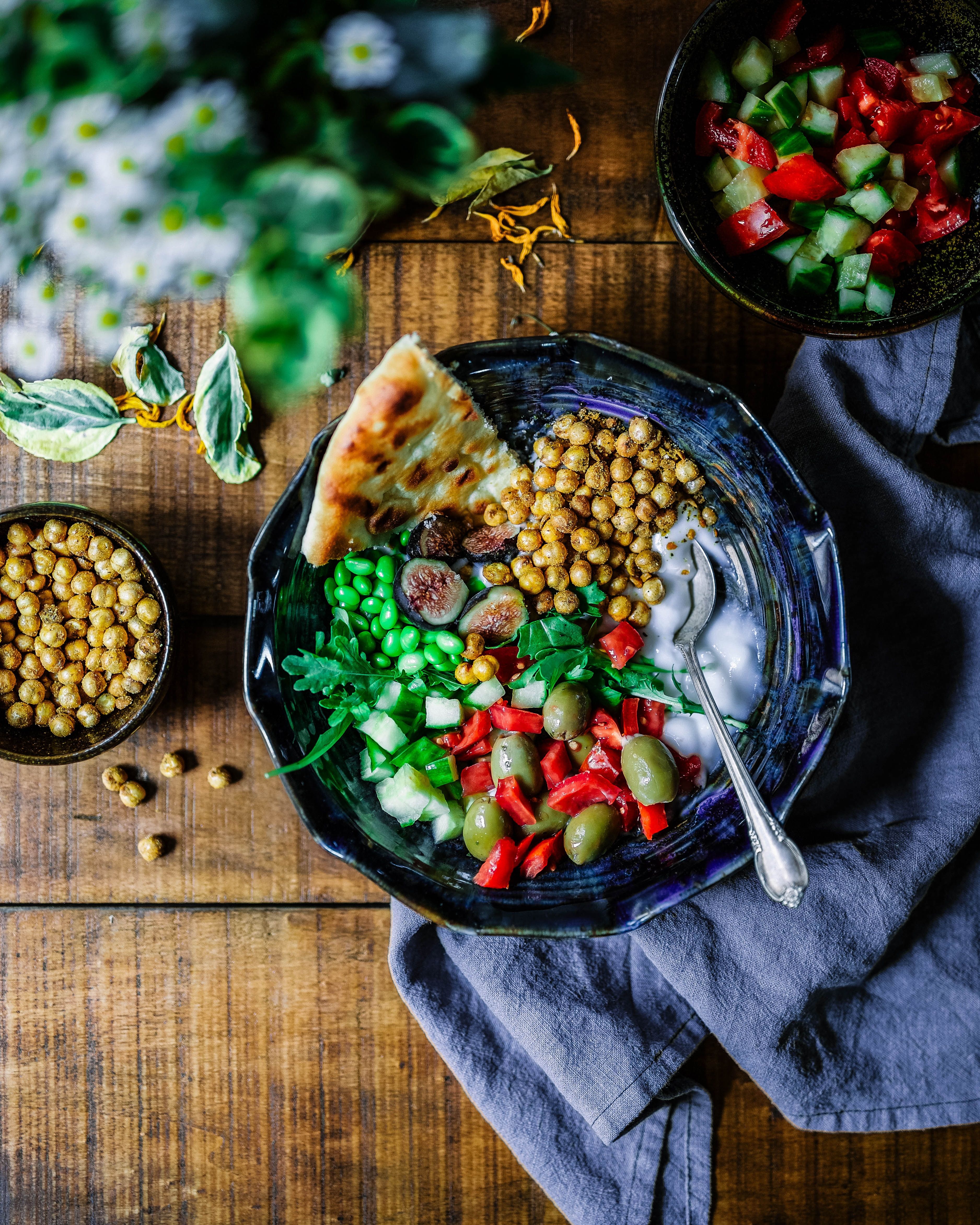Importance of Magnesium in Your Fitness Journey



The importance of magnesium in a fitness routine cannot be overstated. This necessary mineral is a part of several physiological processes that have a direct impact on one's ability to perform physically and general health. Here's why magnesium is important for your fitness routine:

- Muscle Function: Both the contraction and relaxation of muscles depend on magnesium. For a number of the enzymes involved in muscle function, it serves as a cofactor. Magnesium deficiency can cause weakness, cramping in the muscles, and poor activity performance.
- Energy Metabolism: Adenosine triphosphate (ATP), the body's main source of energy, is produced in large part by magnesium. Sufficient quantities of magnesium are required for effective synthesis of energy during physical activity.
- Electrolyte Balance: Magnesium contributes to the correct fluid balance inside and around muscle cells, along with other electrolytes like potassium and sodium. Maintaining this equilibrium is essential for proper muscle contraction and function.
- Bone Health: Regular exercise can put stress on your bones. For general bone health and bone density maintenance, magnesium is necessary. It contributes to the metabolism of calcium, which is necessary for strong bones.
- Neurological System Function: Balance, muscular coordination, and general physical performance all depend on a healthy neurological system. An adequate nervous system requires magnesium for optimum operation.
- Recovery and Relaxation: By easing muscle discomfort and encouraging relaxation, magnesium can help with the healing process following an exercise. Additionally, it might aid in enhancing sleep quality, which is essential for recuperation and general wellbeing.
- Stress Reduction: Exercise with high intensity can raise stress levels and cause the release of stress chemicals such as cortisol. Magnesium may lessen the damaging effects of stress on the body and has been linked to stress reduction.

Make Sure You Consume Adequate Magnesium for Your Fitness Routine
- Dietary Sources: Include foods high in magnesium in your normal diet, such as legumes, whole grains, nuts, and seeds, as well as green leafy vegetables.
- Supplements: See a healthcare provider to find out if taking magnesium supplements is necessary if you don't get enough magnesium from your diet or if you have a magnesium shortage. Magnesium supplements are available in various forms, including tablets, capsules, vitamins, liquid and gummies. These supplements can be a convenient way to ensure you're getting enough magnesium, especially if you have a magnesium deficiency or specific dietary restrictions. Take care not to exceed the daily intake recommendations.
- Hydration: Sustaining electrolyte balance, particularly magnesium, requires enough hydration. Make sure you hydrate well prior to, during, and following your exercise. "Magnesium water" typically refers to water that has been infused with magnesium ions, making it a source of magnesium. This can be achieved through a variety of methods, including natural mineral springs, magnesium additives, or magnesium-rich minerals.
- Recovery: Taking magnesium supplements, especially forms like magnesium glycinate or magnesium citrate, may help relax your muscles and promote better sleep quality by reducing nighttime muscle cramps and restlessness. To promote muscular relaxation and healing, think about using Epsom salt baths or topical magnesium-based treatments. Magnesium has a calming effect on the nervous system, which can help reduce anxiety and restlessness, making it easier to fall asleep. It helps regulate neurotransmitters and neurotransmitter receptors that play a role in sleep and relaxation.

Magnesium is a basic element that is essential for many aspects of exercise and fitness, such as bone health, energy metabolism, muscular function, and recuperation. Sustaining sufficient levels of magnesium is crucial for optimizing both your physical and mental health when engaging in exercise.
You can include foods high in magnesium into your meals to make sure your diet provides you with enough of the mineral.
Goods and Foods with High Magnesium Content
- Leafy Green Vegetables: A great source of magnesium are leafy greens including Swiss chard, kale, and spinach. They are great as a side dish or added to smoothies and salads.
- Nuts and Seeds: Rich sources of magnesium include cashews, almonds, and pumpkin seeds. They are a handy and wholesome snack choice.
- Whole Grains: Whole grains have magnesium, such as quinoa, brown rice, and oats. Make salads, side dishes, or breakfast cereals with these grains as the foundation for your meals.
- Legumes: Chickpeas, lentils, and beans are excellent providers of magnesium. They can be substituted for meat in a variety of recipes and used in soups, stews, and salads.
- Avocado: Rich in nutrients and a good source of magnesium, avocados are a fruit. It can be eaten on its own or as an addition to salads and sandwiches.
- Bananas: A handy, carry-along snack, bananas also contain magnesium.
- Dark Chocolate: A delicious way to get magnesium is to eat high-quality dark chocolate that has a high cocoa content. Enjoy it sparingly.
- Fish: Magnesium and other vital elements can be found in fatty fish like mackerel and salmon. Fish can be a nutritious main course baked or grilled.
- Dairy Products: Milk and yogurt are examples of foods high in magnesium. You may eat these for breakfast or use them as the foundation for smoothies.
- Tofu: Suitable for stir-fries and salads alike, tofu provides a plant-based source of magnesium.
- Pumpkin: A versatile addition to soups, stews, and baked dishes, pumpkin is also a wonderful source of magnesium.
- Soybeans: Rich in magnesium are soybeans and soy-based foods like tofu and edamame. They can be used in many different recipes.
- Whole-Wheat Bread: Compared to white bread, whole-grain bread made with whole wheat flour has higher magnesium content.
- Brown Rice: Packed with magnesium, brown rice is a whole grain. It goes well with rice dishes or as a side dish.
- Dried Fruits: Figs and apricots are two examples of dried fruits that contain magnesium. They go well with salads and cereals, or they can be eaten as a snack.

You may achieve your daily magnesium requirements by including a range of these foods high in magnesium in your diet. Remember that different foods have varying amounts of magnesium, so eating a balanced diet is crucial to making sure you get enough magnesium each day. For individualized advice, speak with a medical practitioner or a certified dietitian if you have any special dietary restrictions or questions regarding your use of magnesium.

